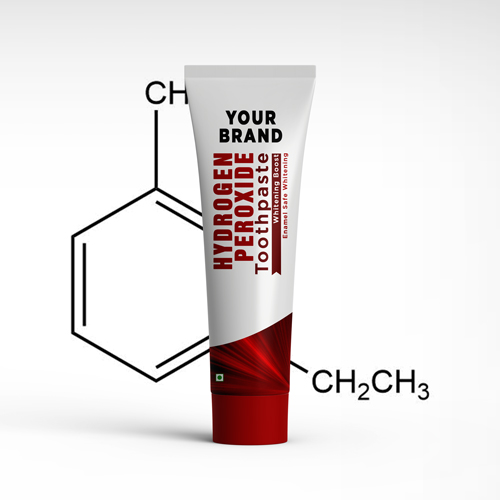Root Canal Recovery: Prevent Infection Guide
Understanding the recovery process after a root canal is crucial for preventing infection and ensuring the long-term success of the procedure. A root canal, also known as endodontic therapy, is a dental procedure designed to remove infected or damaged pulp from the tooth, thereby saving the tooth from extraction. However, the recovery period that follows is just as critical as the procedure itself.
Post-Procedure Expectations
Immediately after a root canal, the tooth and surrounding area may feel sensitive. This sensitivity is usually mild and temporary, resolving on its own within a few days. It is essential to follow the dentist’s instructions carefully to minimize discomfort and reduce the risk of complications. These instructions often include recommendations on diet, oral hygiene practices, and pain management.
Preventing Infection: Key Strategies
Medication Adherence: If your dentist prescribes antibiotics or pain medication, it is crucial to take them as directed. Antibiotics are typically prescribed to prevent bacterial infection, while pain medication can help manage any discomfort.
Dietary Adjustments: For the first few days, sticking to a soft-food diet can help reduce irritation to the tooth and surrounding tissues. Avoid chewing or biting on the treated tooth until it is fully restored with a permanent filling or crown.
Oral Hygiene Practices: Continue your regular oral hygiene routine but avoid flossing around the treated tooth until your dentist advises it is safe to do so. Gentle brushing with a soft-bristled toothbrush is recommended.
Follow-Up Appointments: Attending follow-up appointments with your dentist is vital. These visits allow your dentist to check on the healing progress, remove any temporary fillings, and place a permanent crown if necessary.
Identifying and Managing Potential Complications
Despite the best practices, complications can arise. It is essential to recognize the signs of potential issues and seek dental care promptly.
- Increasing Pain: If the pain worsens over time or does not improve with medication, it could indicate infection or other complications.
- Swelling or Discharge: Swelling, pus, or discharge around the treated tooth are clear signs of infection.
- Tooth Fracture: If the tooth cracks or fractures, it may need to be extracted.
If any of these symptoms occur, contact your dentist immediately. Early intervention can prevent more severe problems and ensure the tooth heals correctly.
###长期牙齿护理
根管治疗后的牙齿虽然不再有神经,但仍需要持续的护理。定期的牙科检查和洁牙可以帮助防止牙菌斑和牙结石在牙齿表面积聚,减少了牙周病和牙齿进一步损坏的风险。
Conclusion
The recovery from a root canal treatment is a critical period that requires careful management to prevent infection and ensure the success of the procedure. By understanding what to expect, adhering to your dentist’s instructions, and recognizing potential complications early, you can significantly reduce the risk of issues and enjoy a healthy, functional tooth for years to come.
FAQs
How long does it take to recover from a root canal?
+Most people can return to their normal activities the next day. However, it may take a few days for the tooth to feel completely back to normal.
Can I eat normally after a root canal?
+For the first few days, it's recommended to stick to soft foods to avoid irritating the tooth and surrounding tissues.
How do I know if I have an infection after a root canal?
+Signs of infection include increasing pain, swelling, or discharge around the treated tooth. If you experience any of these symptoms, contact your dentist immediately.
By being proactive and informed, individuals can navigate the recovery process smoothly, ensuring that their root canal treatment is successful and long-lasting. Remember, maintaining good oral hygiene and following up with your dentist are key to preventing infection and enjoying a healthy smile.

